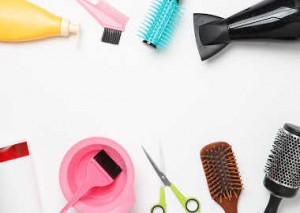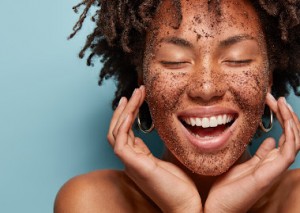
By BR Kellie
Barbie’s getting short. Yes! Barbie’s also getting curves. Excellent! Barbie’s getting a range of skin tones and hair types and facial features! Woohoo! Barbie might actually even start to become relatable to 99.9999999999% of the female population. Hoooo-rah!

While the world applauded Mattel’s move to make Barbie more like the women around us, I shed a little tear. Of joy. For nearly three decades I’ve had one memory of playing with dolls that would spring up from nowhere, bringing with it little feelings of guilt.
You see I was a child of the 80s. A time when Barbie was rife and Miss Universe was the most exciting televised show of the year. For this young girl anyway. Of course this meant that I would sit in my room, gather my dolls and host my own pageants. The contestants would be Lisa, a ginormous blonde-haired blue-eyed doll that could walk. She scared the heck out of me and spent nights hidden at the back of my wardrobe as I was convinced she had plans to do away with me. Peaches & Cream Barbie, in all her slim-waisted, boobied-up and little-featured perfection was another contestant. And then there was Princess Tiger Lily. Brown-haired, brown-eyed, short and wearing a cardboard dress decorated with seashells. They’d be lined up, made to parade around, say a few words and then Princess Tiger Lily would win. All the time, except for the odd occasion when I felt bad for the others and shamed myself into sharing the joys of victory with them.

An innocent memory really, but that guilt of only wanting the one doll that looked like me to win was emblazoned on my mind. Of course to the adult mind the reason for that is obvious… even as a child I knew my squat form and average features were never going to win any pageant, or compete with anyone remotely resembling Barbie, so at least this doll aka my mini-me could.
All these years I thought I was being weird, allowing Princess Tiger Lily to win the majority of my beauty pageants. Turns out I wasn’t being weird at all. In this article from Time on how kids reacted to the new-look Barbie’s it was noted that the children were attracted to the dolls that they related to most, which was a comfort to me because it meant that my desire to relate to a Kellie-esque doll from such a young age was actually perfectly normal and natural.

Going through the pictures Mattel has released of their new Barbie’s, which will sit alongside the original gal, I’m liking what I’m seeing. Mattel have created a range of dolls that young girls could see themselves in - whether it’s due to the curves, the height, the shape of the nose, the colour of the eyes, the type of hair, or a combination of things. Sure, there’s probably not something there for everyone (yet!), but you’ve got to start somewhere and if it helps young girls learn self-acceptance and teaches them to realise they are good enough just as they are, then I’m all for it.
As for me, I’ll probably be picking one up for my daughter - it has her brown eyes, brown hair, olive skin, and even a hint of the facial features that could represent her Maori heritage. And maybe, unlike the original blonde blue-eyed Barbie I bought her as the ultimate potty-training success present, it might not end up tossed into a corner, never to be played with. …It may even go on to win its own pageant one day!

If you’ve got a spare five minutes have a read of this article from Time explaining the process behind creating new-look Barbie. It’s a fascinating read.

So are you a fan of the new generation of Barbies? Do you like the idea behind it? Is it a good start? Or are you old-school Barbie all the way and of the mind that old Barbs should’ve been left as she was and not fiddled with? Chat away…















I saw a while back someone was upcycling Barbie (and other makes like Bratz) in to more realistic and down to earth dolls. Removing all facial features and makeup as well as making new clothes etc. It was a neat idea.